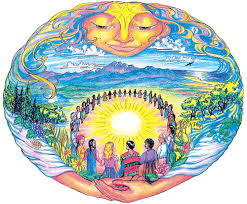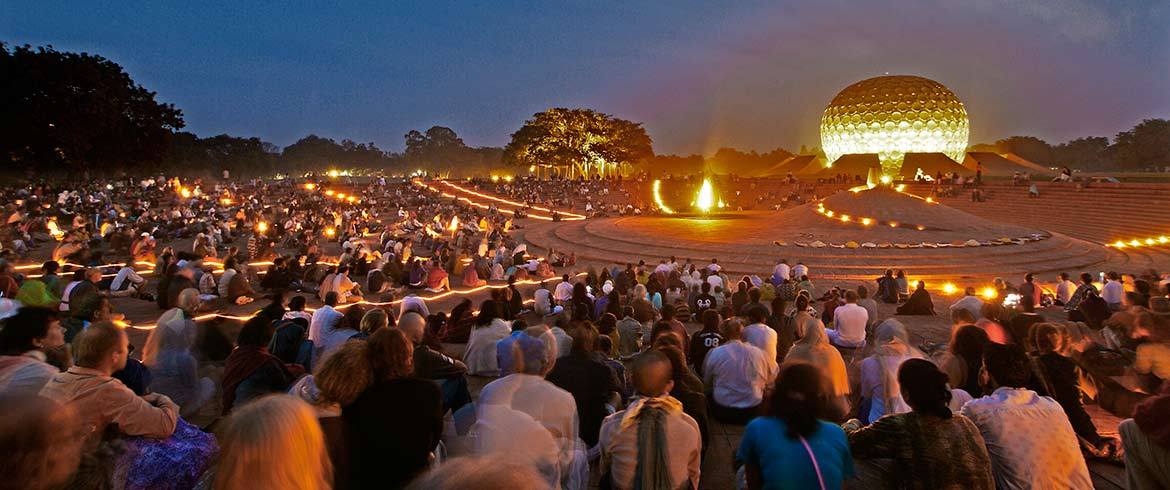NEW ERA MOVEMENT

The New Era Movement (NEM) is an international social and spiritual movement which emerged in Western society in the late 1960s. The movement has now become an imported new force in the development of the ever-changing Western culture.
Precise scholarly definitions of the movement differ in their emphasis, largely as a result of its highly eclectic structure. Nevertheless, the movement is characterised by a holistic view of the cosmos, a belief in an emergent Age of Aquarius – from which the movement gets its name – an emphasis on self-spirituality and the authority of the self. Even though there are no clear boundaries within the New Era community, several common themes unify the movement.
The first is that the arrival of the New Era will initiate a heightened spiritual consciousness accompanied by social and personal transformation.
The second unifying theme is that individuals can get a foretaste of this enlightenment through personal spiritual transformation, healing, and growth.
In conclusion, I want to remind you about the absolute inevitability of the New Era. The fiery energies are in their greatest tension attracted toward Earth, and if not accepted, realized and assimilated they will cause terrific earthquakes and other cosmic perturbations, and also revolutions, wars and new epidemics. We are now at the very entrance to a New Era, a New Race, and therefore our time may be compared with the times of Atlantis, the existence of which becomes more and more evident to our science. – Letters of Helena Roerich.
New Era Movement (NEM) describes a broad movement of contemporary Western culture characterized by an individual eclectic approach to spiritual exploration. It has some attributes of a new, emerging religion but is currently a loose network of spiritual seekers, teachers, healers and other participants. The name "New Era" also refers to the market segment in which goods and services are sold to people in the movement.
One particularly source for current New Era ideas deserves particular mention. The thorough and detailed cosmogony and anthropogony developed by the Theosophical Society, largely based on Helena Blavatsky’s monumental The Secret Doctrine included the great majority of the ideas now central to the NEM.
The New Era or New Age can be defined by its primal experience of transformation. New Agers have either experienced or are seeking diligently a profound personal transformation from an old, unacceptable life to a new excite future. They project the possibility of the transformation not of just a number of additional individuals, but of the culture and of humanity itself. More than a possibility it is a present reality. The New Era is emerging in this generation. This affirmation, this hope, that the New Era is imminent give the movement its name.
This coming age will be as predominantly the age of group interplay, group idealism and group consciousness, as the Piscean Age has been one of the personality unfoldment and emphasis, personality focus and personality consciousness. Selfishness as now understand it, will be gradually7 disappear, for the will of the individual will voluntarily be blended into the group will. - A. Bailey, The Rays and Initiations.
Rather than follow the lead of an organized religion, "New Agers" typically construct their own spiritual journey based on material taken as needed from the mystical traditions of all the worlds religions as well as Agni Yoga, Gnosticism, Hermetism, Neopaganism, Occultism, Rosicrucianism, Taoism, Theosophy and Zen Buddhism. Participants are likely to dip into many diverse teachings and practices, some mainstream and some fringe, and formulate their own beliefs and practices based on their experiences in each. No clear membership or rigid boundaries actually exist.
 Auroville Community, South India.
Auroville Community, South India.
Some New Agers advocate living in a simple and sustainable manner to reduce humanity's impact on the nature resources of Earth; and they shun consumerism. The New Age or New Era movement has been centered around rebuilding a sense of community to counter social disintegration; this has been attempted through the formation of intentional communities, where individuals come together to live and work in a communal lifestyle New Age centers have been set up in various parts of the world, representing an institutionalized form of the movement. Notable examples include the Findhorn Foundation, Auroville, Federation of Damanhur etc.
The most eminents represantives of the NEM are: Sir George Trevelyan, Edgar Cayce, G. Gurdjieff, Krishnamurti, Ram Das, Kirpal Singh, Peter and Eileen Caddy (of Findhorn Community), Alice Bailey, Manly P. Hall, Jose Arguelles, Sri Chinmoy, Bridey Murphy, Michael Newton, B. Iyengar, Dane Rudhyar, Dalai Lama, Roberto Assagioli, Julius Evola, Mikao Ushui, Mathew Fox, Chogyan Rinpoche, Eckhart Tolle and many many others.
![]()











